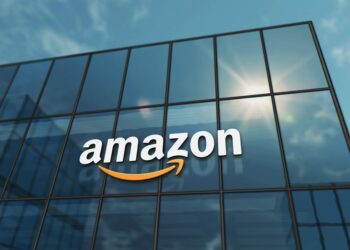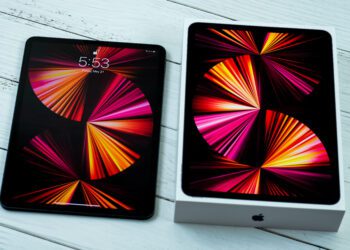With much of the business world shifting to a work-from-home model, sustaining employee well-being is increasingly challenging for enterprises.
Article by Jen Fisher and Anjali Shaikh
After several hours of videoconferencing with her team, a data scientist tries to focus on the code she needs to review, but her laptop sends her a message: “Katrina, it’s time for a break. Do you want to take a short walk or do a five-minute guided meditation to reset your focus?”
The data scientist is wearing brain-sensing earbuds that contain electrodes measuring her brain’s electrical activity. The device looks and functions like standard Bluetooth earbuds, but squeezed inside is a mobile EEG lab that can measure and analyze levels of stress and distraction, providing immediate feedback to improve individual employee well-being, performance, productivity, and safety. Depending on brain activity, machine-learning algorithms may instruct workers to take breaks when they’re tired, change the difficulty or format of an interactive training when an employee is unfocused, or switch an anxious employee to a less stressful task.
This may sound like science fiction, but some leading companies are already introducing similar devices. It is also just one example of a wide range of technology solutions that are designed to enhance and promote well-being in the workplace. These solutions range from simple activity trackers and meditation apps to sophisticated machine learning devices that deliver customized content and recommendations to reduce stress and fatigue based on the individual’s interests or even real-time brain activity.
A growing number of companies are exploring technology solutions as elements of a holistic enterprise-wide strategy to enhance employee well-being with the goals of improving individual performance, resilience, mental and physical heath, and job satisfaction. Properly designed well-being programs can complement diversity and inclusion strategies to enhance each individual worker’s feeling of belonging and understanding, leading to enhanced organization performance. While well-being programs are often led by human resources (HR) professionals, technology leaders have a critical role to play as they guide and catalyze tech-enabled strategies to address increasingly complex well-being work challenges.
Now more than ever: Well-being’s value
Today, workers are likely dealing with external and internal stressors, which can affect their productivity, health, and family stability. Even before the 2020 pandemic and financial recession, 40% of all workers experienced high stress levels and anxiety, according to a survey conducted by the Anxiety and Depression Association of America.
Technology was the leading driver that enabled office workers to transform into remote workers overnight. But as the line between work life and personal life continues to blur, many employees report having trouble maintaining a sense of overall well-being. The good news is that while technology is part of this problem, it can also be part of a holistic solution.
Nuno Barboza, vice president of Strategy and Deployment, J&J, North America, says, “We have a tremendous opportunity to improve well-being from a tech perspective. When the pandemic began, we were able to quickly transition most of our workers to work remotely. By enabling people to operate successfully, we can help create a more balanced individual, with lower levels of conflict and stress.” In fact, studies have shown that well-being is positively correlated with employee productivity, organizational profitability, customer satisfaction, and employee retention, according to the Global happiness and well-being policy report published in 2019 by the Global Happiness Council.
In recent years, many companies have made significant investments in worker well-being, and a new and growing startup industry focused on well-being and technology has emerged. Estimations from January 2020 indicate that the global corporate wellness market is likely to expand at a compound annual growth rate of 6.9% to reach US$97.4 billion by 2027.
Eighty percent of respondents to Deloitte’s 2020 Global Human Capital Trends survey identified well-being as an important or very important priority for their organization’s success over the next 12–18 months, but only 12% reported that they are “very ready” to address this issue. Of organizations with well-being strategies, about one-third focus on physical, mental, and financial health of employees, with an additional 20% expanding that definition to include providing a workforce experience that provides purpose and meaning.
Unfortunately, 61% of organizations participating in the trends survey are not measuring the impact of well-being on organizational performance, and those that do were most likely to report that the primary benefit was improving the workforce experience. Fewer than half believed that their well-being strategy was positively affecting other business outcomes, such as the organization’s customer experience, financial outcomes, reputation, and innovation and adaptability.
Jen Fisher, chief well-being officer at Deloitte, says, “Organizations that expand their focus on worker well-being from programs adjacent to work to designing well-being into the work itself can help their workers not only feel their best, but also perform at their best. Doing so can strengthen the tie between well-being and organizational outcomes, driving meaningful work, and foster a greater sense of belonging overall.
About the author(s)
Jennifer Fisher is Chief Well-being Officer and Managing Director at Deloitte Consulting.












